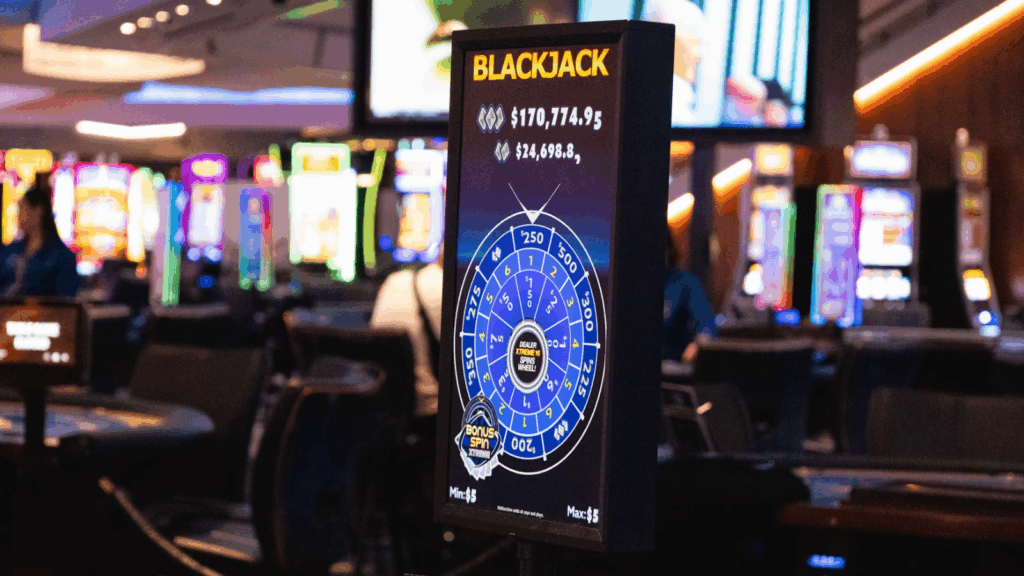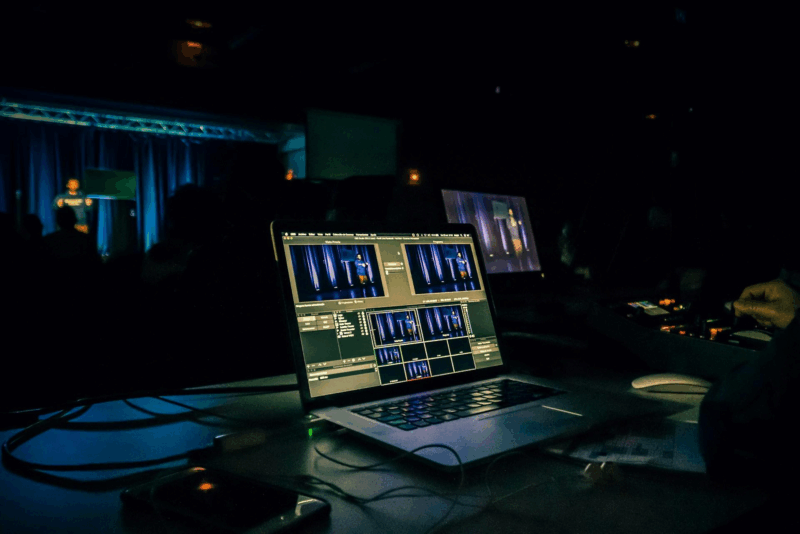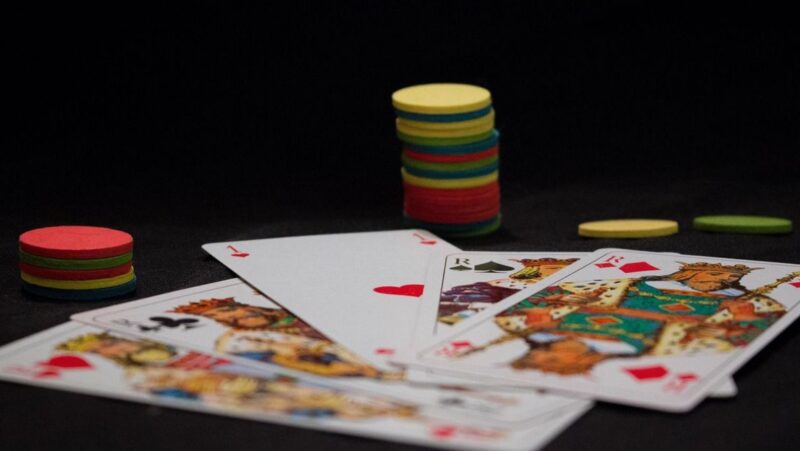
Blackjack has been on the books of many casinos for decades. But the game you play online today is far from the experience your parents might have had at tables in Las Vegas. Technology hasn’t just moved blackjack to your portable devices. It has changed how the game works, feels, and connects players to the action.
Physical Decks to Random Number Generators
The most obvious shift is card dealing. Traditional blackjack uses physical decks that get shuffled periodically. Online blackjack relies on Random Number Generators (RNGs). RNGs are complex algorithms that produce unpredictable outcomes for each hand.
Out goes card counting with its advantage and play technique. In comes the virtual deck shuffles after every hand. Even skilled players lose the edge when they can’t run the cards themselves.
Live Dealer Technology Bridges the Gap
Playing against the computer always felt odd and challenging for players. The industry saw this and introduced a middle ground: live dealer blackjack.
Using high-definition cameras and streaming technology, real dealers run real games from studios designed to look like casinos. You watch them shuffle, deal, and interact with players through chat functions.
The online versions combine convenience and the authenticity of the real casino experience. Now, live dealer blackjack is popular and has multiple variations.
Mobile Gaming Changed Everything
The jump to mobile platforms has been a massive one. Blackjack went from requiring a grip at a casino to needing a computer to being always available in your pockets.
Screens became smaller and interfaces became easier to control. Techs have advanced to new levels where you get everything from legal compliance to touch ID and facial recognition. It’s all modern now, leaving traditional methods in the history books.
Data and Personalization
Digital platforms track everything: the bets you make, how long you play, when you log in, and even which game variations you prefer. This data is used to personalize your experience, such as suggesting games you might like, offering bonuses timed to when you play sessions, or adjusting betting limits based on your history.
Some players appreciate the tailored experience, but others find it invasive. Either way, it’s a type of personalization that physical casinos could never match at any scale.
Is Virtual Reality the Next Frontier?
Unlike other games that have gone full VR, Blackjack VR is still niche, but it exists. With a headset, you’d sit at a virtual table, looking at cards in three-dimensional space, with avatars of other players around you.
The technology is a bit clunky now, but it hints at where things might go: fully immersive casino environments you access from the comfort of your living room.
What Gets Lost
All the improvements and advancements are good. But something gets lost, and that’s the social atmosphere of a real casino where players feel the weight of chips in their hands, and the tangible tension when the dealer flips their hole card. These scenarios don’t fully translate through a screen.
Digital blackjack is faster, more convenient, and more accessible than ever. But it’s also more isolated and easier to lose track of time and money with. Technology has transformed blackjack into something more efficient and profitable for operators, but value-wise, the players seem to have received the short end of the stick.
Conclusion
Blackjack, the classic card game, isn’t disappearing, but it’s definitely evolved. If history is anything to go by, it’ll keep changing as new technology emerges. That’s not necessarily a bad thing. It’s the way of the gaming world, and the number of willing players shows there’s more to come.











